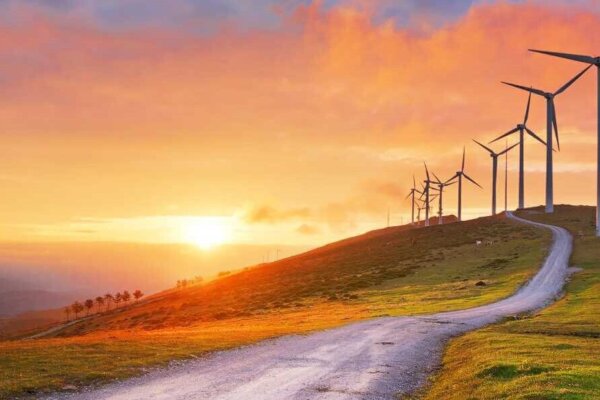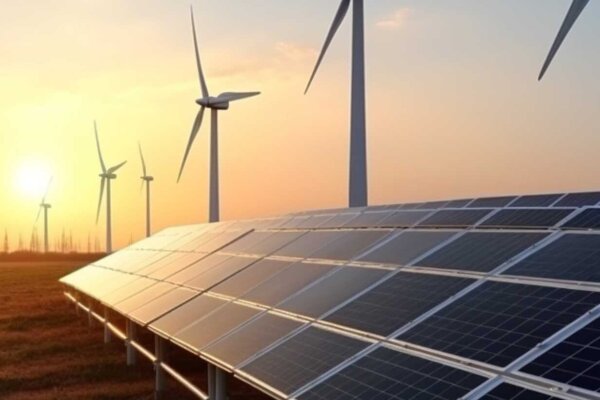For the seventh year in a row, our parent company, Statkraft, has released its Low Emissions Scenario. A leading international hydropower company and Europe’s largest generator of renewable energy, Statkraft’s latest report is a comprehensive analysis of the global energy market towards 2050.
This year’s Low Emissions Scenario looks at the need to reduce dependence on Russian gas and the increased ambitions around renewable energy. In the report, Statkraft predicts that Europe will have significantly more solar power by 2030 than expected before the war in Ukraine and, along with wind power, will be the crucial renewable technology in reducing the European Union’s dependence on Russian gas and cutting emissions.
Statkraft’s Low Emissions Scenario demonstrates that we don’t have to choose between solving the ongoing energy crisis or the climate crisis. The solution to both crises is the same: more renewable energy and more efficient energy use.
Christian Rynning-Tønnesen, President and CEO of Statkraft, continues: “In the Low Emissions Scenario, the best measures to solve the ongoing energy crisis are the same measures that are crucial to fighting the climate crisis. A greater focus on energy security and energy self-sufficiency will also drive the green energy transition”.
Some of the key findings from the report include:
- Statkraft’s Low Emissions Scenario is an optimistic yet realistic scenario, where global energy-related CO2 emissions are reduced by 60% from today until 2050. The scenario will be within emission levels that can limit global warming to 2°C. An even faster transition is necessary to reach the 1.5°C target.
- It will be challenging, but possible for the EU to become independent of Russian Gas by 2030.
- Along with wind power, solar power will be key to making this independence happen.
- Solar power will be the global winner in the energy transition. It will become the world’s largest source of power generation around 2035 and by 2050, will produce 26 times more power than today.
- The use of fossil fuels will fall sharply. In the power mix, coal will drop by 75% and gas will drop by 23%.
- Renewable energy will account for almost 80% of the world’s total power generation in 2050.
- Increased use of renewable energy, combined with technological solutions available to ensure greater flexibility, are cornerstones of the energy transition.
- Hydropower and hydrogen will continue to grow in importance as emission-free and flexible resources.
- Energy storage solutions, such as batteries, will be essential to keep balance in a more intermittent, weather-dependent energy system.
“Energy security, demand for affordable energy, and the climate crisis all indicate that we should now accelerate the global energy transition. Electrification based on renewable power, and energy efficiency are key pillars,” says Christian Rynning-Tønnesen.
If you’d like to learn more about Statkraft’s Low Emissions Scenario, visit their website, here. You can also read the full report by clicking here.


